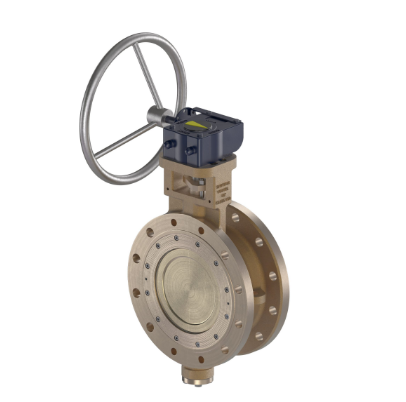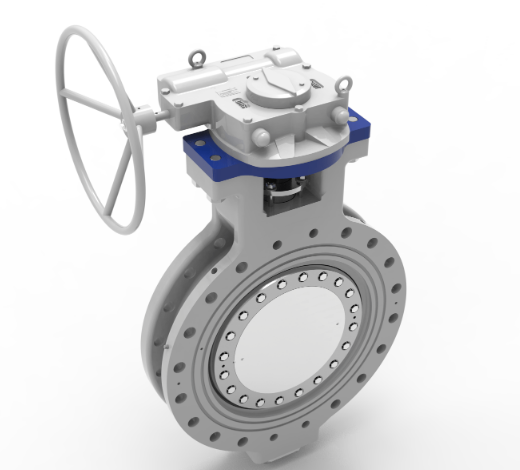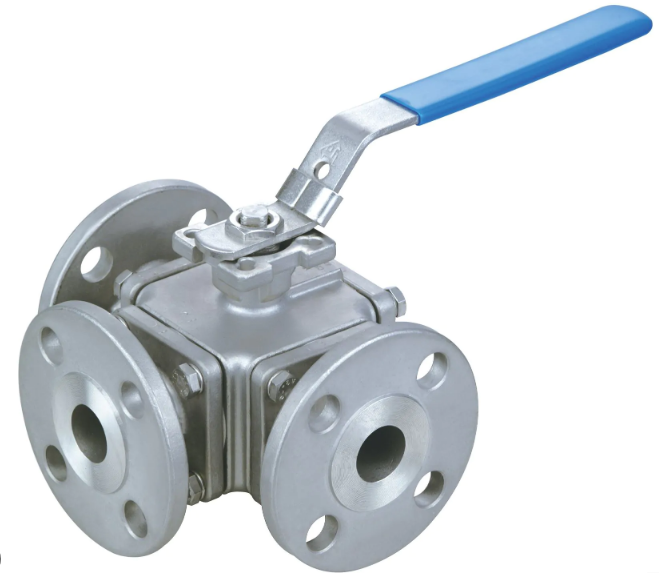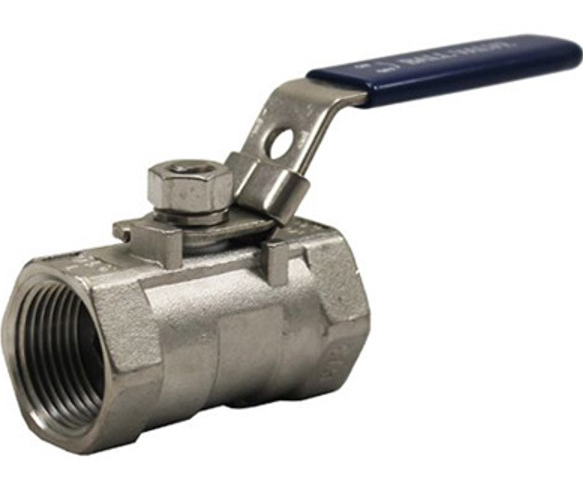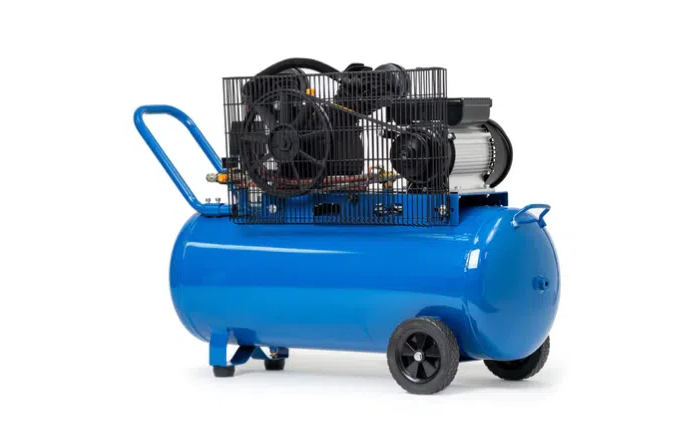Introduction
Selecting the correct pneumatic actuator for a valve or mechanical system requires accurate torque calculation. The torque output determines whether the actuator can reliably operate the load without failure, sticking, or excessive wear.
This guide will explain what pneumatic actuator torque is, the factors affecting it, the calculation method, and key considerations for optimal sizing.
What is Torque in a Pneumatic Actuator?
Torque is the rotational force produced by a pneumatic actuator to operate a valve, lever, or other rotating mechanism. In valve automation, torque is measured in Newton-meters (Nm) or pound-feet (lbf·ft) and represents the actuator’s ability to overcome the resistance of the valve during operation.
Why Torque Calculation is Important
An actuator that produces too little torque will fail to operate the valve, while excessive torque can damage the valve components. Proper torque calculation ensures:
-
Reliable operation under all conditions
-
Longer service life for both actuator and valve
-
Energy efficiency and cost savings
-
Compliance with manufacturer recommendations
Factors Affecting Pneumatic Actuator Torque
Several factors influence the required torque:
-
Valve Type
-
Ball, butterfly, plug, and gate valves have different torque profiles.
-
-
Breakaway Torque (BTO)
-
The highest torque required to start moving the valve from a closed position.
-
-
Running Torque (RTO)
-
Torque required to keep the valve moving during operation.
-
-
Seating Torque (STO)
-
Torque required to seat the valve fully closed.
-
-
Operating Pressure
-
Higher air pressure increases actuator torque output.
-
-
Actuator Type
-
Rack-and-pinion, scotch-yoke, or vane designs have different torque characteristics.
-
-
Environmental Conditions
-
Temperature extremes, corrosion, and debris can increase torque requirements.
-
Pneumatic Actuator Torque Calculation Formula
For a rack-and-pinion pneumatic actuator, the basic torque formula is:
Where:
-
T = Torque output (Nm)
-
P = Air supply pressure (bar)
-
A = Effective piston area (cm²)
-
r = Mechanical efficiency factor (typically 0.85–0.95 for friction losses)
-
1000 = Unit conversion factor
Example:
If a double-acting actuator has a piston area of 50 cm², air pressure of 6 bar, and efficiency factor of 0.9:
Additional Sizing Considerations
-
Safety Factor:
Apply a multiplier (typically 1.2 to 1.5) to account for wear, temperature changes, or pressure loss. -
Fail-Safe Mode:
For single-acting actuators, consider spring return torque at the lowest air pressure. -
Torque Profile:
Some valves require more torque at opening, others at closing — match actuator curve to valve requirements.
Pneumatic Actuator Torque Calculation for Different Valve Types
-
Ball Valves – High breakaway torque; choose actuators with higher starting torque.
-
Butterfly Valves – Medium torque; pay attention to disc size and sealing friction.
-
Plug Valves – Similar to ball valves but with higher sealing torque.
-
Gate Valves – Usually require linear actuators; torque calculation applies if using rotary adaptation.
Common Mistakes in Torque Calculation
-
Ignoring breakaway torque requirements.
-
Not considering air pressure fluctuations.
-
Overestimating actuator efficiency.
-
Skipping safety margin adjustments.
-
Using manufacturer nominal torque without checking torque curve.
Conclusion
Accurate pneumatic actuator torque calculation is critical for safe, efficient, and long-lasting valve automation. By considering valve type, torque requirements, air pressure, actuator design, and safety margins, engineers can ensure that the selected actuator delivers reliable performance throughout its service life.
If you want to learn more about low-priced products, please visit the following website: www.xm-valveactuator.com







